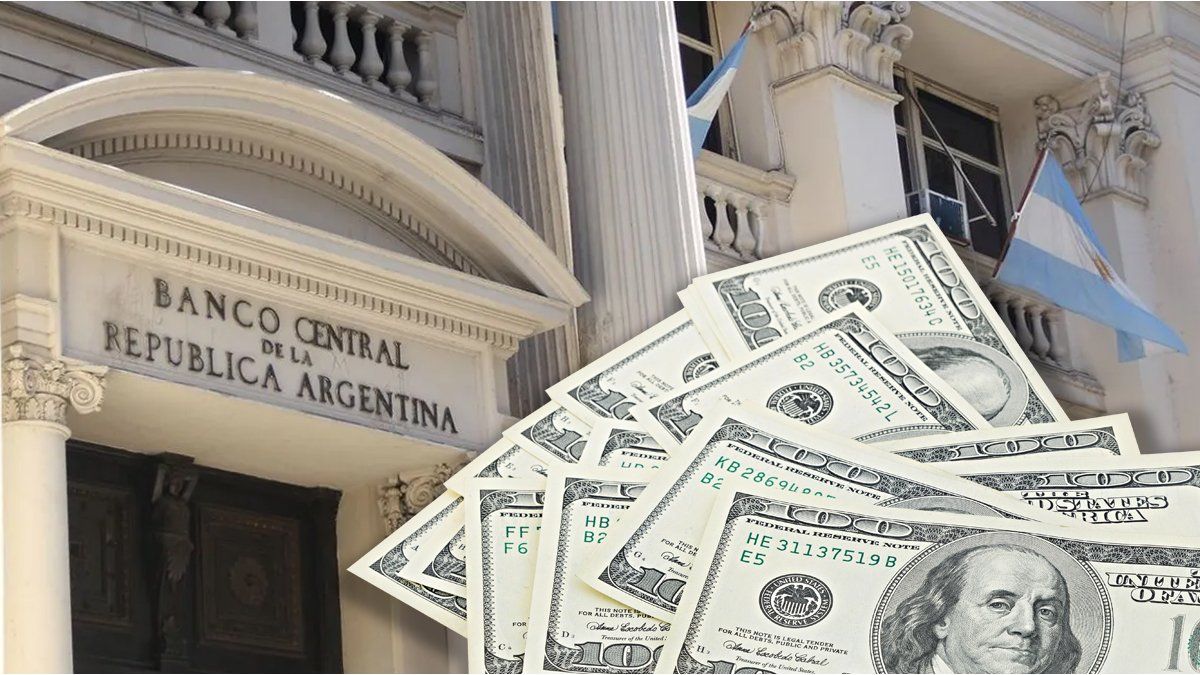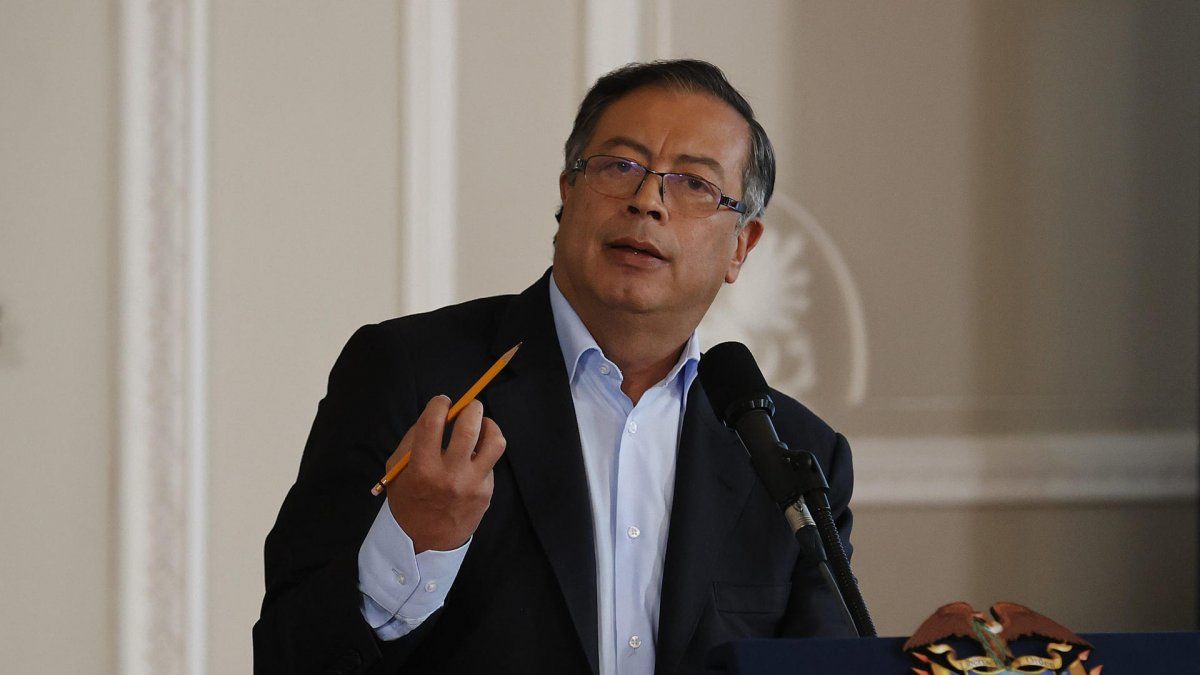Specifically, the BCRA informs financial entities that will not raise objections to the purchase of Series I Public Debt Securities for a total amount of up to $500,000,000issued by Mendoza.
Thus, financial entities must comply with the provisions on credit risk fractionation provided for in current regulations.
Key points of the standard
- The authorization is for a total amount of $500,000,000.
- The bonds are issued by the municipality of Mendoza.
- The decision is based on municipal, provincial and national regulations.
- Banks must comply with regulations on credit risk fractionation.
The measure in the middle of the chainsaw
It is worth remembering that, as Ámbito reported, during May the Government continued with the task of cutting funds from the governors, with the objective of maintaining the fiscal surplus. According to data from consulting firms, based on official information, The group of 23 provinces and the City of Buenos Aires received 83% less money than what they received in the same month last year.
This is clear from a report by the consulting firm Politikon Chaco, which indicates that in the so-called non-automatic transfers last month, expenses of $59,700 million were accrued, but $71,331 million were paid. Apparently, the debate that is taking place in the Senate regarding the Bases law and the Fiscal Package It had no impact on the decision to maintain the cuts. The data would indicate that the Javier Milei government would not have “opened its wallet” to obtain the ruling in favor.
Conversely, last month the Income Tax recorded a real growth in collection of 80% compared to last year, which meant that the provinces received extra funds of 1.7 billion through federal co-participation. The report indicates that in the accrued stage, that is, at the time the payment obligation is generated, non-automatic transfers fell 87.6%, while in the paid stage they fell 83.3% compared to May 2023 .
“In May the same phenomenon was seen again as in the month of April: the transfers paid were higher than those earned. The paid/earned ratio was 119.5% and generated a reduction in the debt of the national State with the whole of subnational jurisdictions at $11,631 million, although it still accumulates $120,524 million owed for accrued and unpaid commitments,” warns Politikon Chaco.
The report from the consulting firm directed by economist Alejando Pegoraro specifies that “69.5% of the non-automatic transfers paid corresponded to activities of the Ministry of Health.” According to the work, the money that the Nation sent to the provinces is concentrated in expenses for assistance to Hospitals, as was already observed in February, March and April. “10.1%, for its part, corresponded to shipments from the Ministry of Education and 6.9% were from the Ministry of the Interior,” the report says.
The work maintains that “among the subnational districts the situation continues to show strong contractions.” “In both its accrued and paid stages, all jurisdictions presented declines of different magnitudes.”
It also details that “the particularity is that readjustments are observed in various concepts, which generated that in the accrued instance there are six provinces with a negative sign in the total shipments.” These are Catamarca, La Pampa, San Juan, San Luis, Santa Fe and Tierra del Fuego. On the other hand, according to the report, in the accumulated period of January-May 2024, accrued transfers fell 79.3% compared to the same period in 2023 in real terms; and those paid at 86% real year-on-year.
Grouping the transfers in the accrual stage according to jurisdiction of origin, those corresponding to the Ministry of Education exhibit the highest level of participation in May with 69.5% of the total; This is followed by those of the Ministry of Health (23.4%) and the Ministry of the Interior (5.7%). The rest of the shipments account for 5.5% of the total.
When observing the transfers paid, those corresponding to the Ministry of Education led, which concentrated 47.8% of the shipments; They are followed by those of the Ministry of Health (42.5%) and those of the Ministry of the Interior (3.9%). The rest of the jurisdictions accounted for 8.7%.
Source: Ambito
I am a 24-year-old writer and journalist who has been working in the news industry for the past two years. I write primarily about market news, so if you’re looking for insights into what’s going on in the stock market or economic indicators, you’ve come to the right place. I also dabble in writing articles on lifestyle trends and pop culture news.




